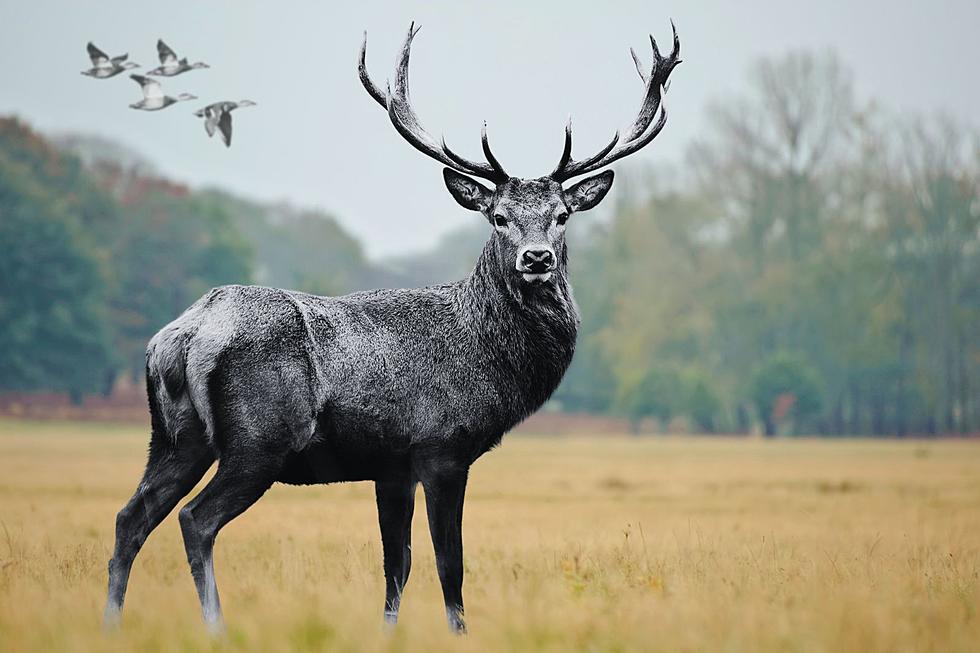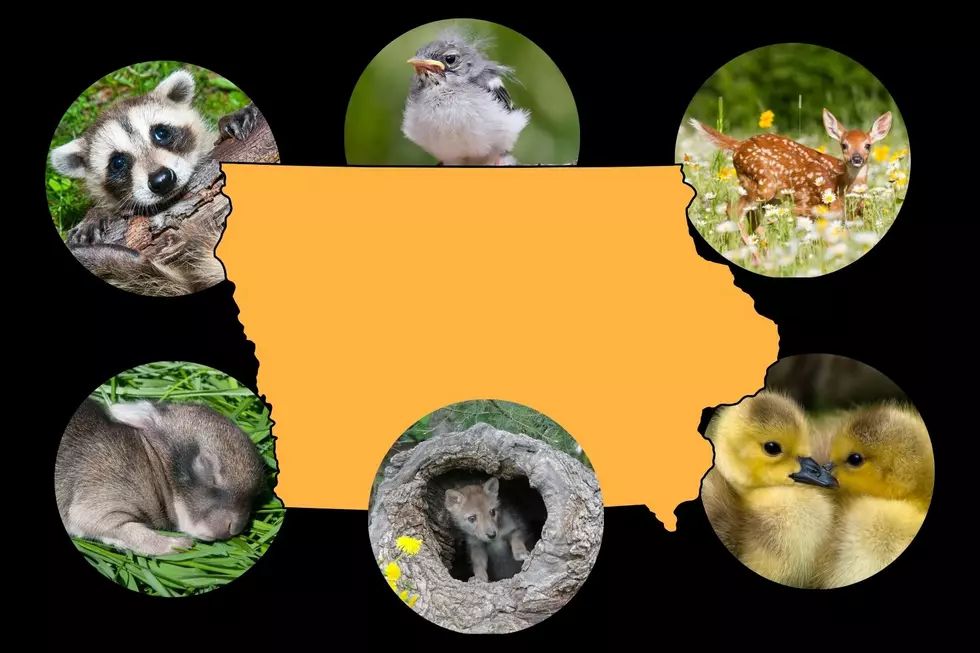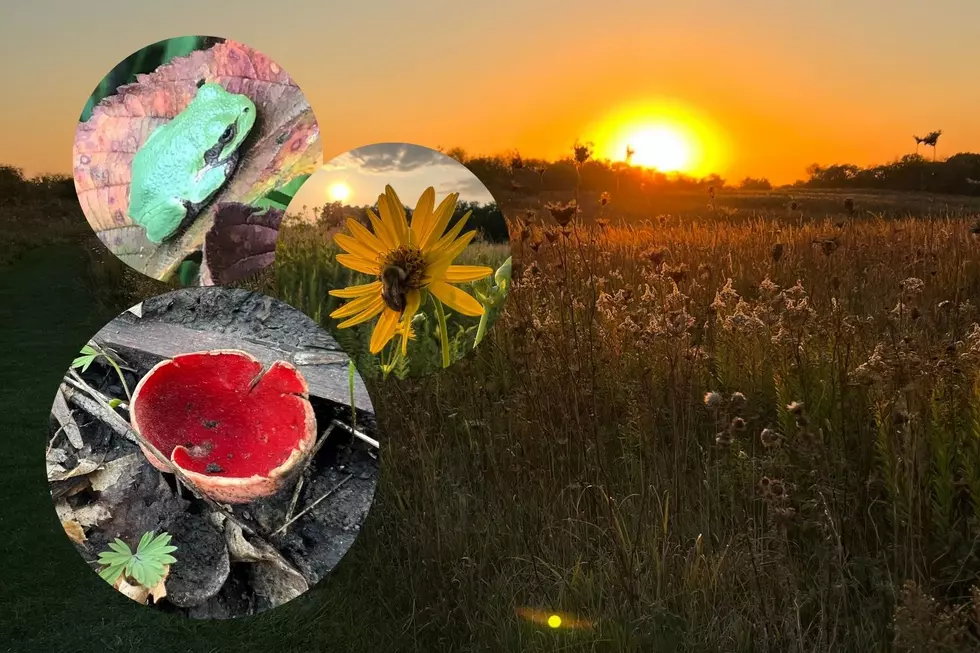
PFAS or “Forever Chemicals” Are Being Found in More Wisconsin Animals
Per- and polyfluoroalkyl substances (PFAS), often referred to as "forever chemicals," have become a subject of increasing concern due to their widespread presence in both wildlife and fish in the Great Lakes region. Recent research conducted in Wisconsin and the Great Lakes area has shed light on the extent of PFAS contamination, raising alarms about its potential impact on both ecosystems and human health. PFAS are a large group of human-made chemicals that have been used in industry and consumer products worldwide since the 1950s. We recently revealed that fish from the Mississippi River were not spared from these forever chemicals and that they have the potential to move from species to species based on consumption.
PFAS have been found in Wisconsin Wildlife, other than fish.
In Wisconsin, the presence of PFAS has been detected in a range of wildlife species, highlighting the extensive reach of these toxic compounds within the ecosystem. Wildlife toxicologist Sean Strom, from the Department of Natural Resources in Wisconsin, has reported findings of PFAS contamination in various animals, including bald eagles, fish, deer, white-footed shrews, mice, muskrats, and mink. The evidence underscores the fact that PFAS contamination is not limited to specific species but extends across various trophic levels in the environment. It's that same reason we're given dietary guidelines on which fish to eat and when to limit the intake of them.
Understanding the precise impact of PFAS on animals is a complex challenge due to multiple interacting environmental factors. The effects of PFAS on animals are often subtle and sub-lethal, making them challenging to observe and document. However, it is highly likely that PFAS may lead to similar health issues in animals as those observed in humans, including reproductive problems, thyroid issues, and cancer. This underscores the urgency of addressing PFAS contamination in the environment, not only for human health but also for the protection of wildlife.
How do PFAS Impact Humans and Wildlife?
Researchers from the Environmental Working Group have conducted a study that draws parallels between the impact of PFAS on human health and its potential effects on wildlife. While there is a more extensive body of research on the health effects of PFAS in humans, this study suggests that human health data can serve as a valuable reference for understanding the potential harm to wildlife. Researcher, stress the importance of using human health data to evaluate the potential impacts on wildlife, particularly in natural settings.
So far, the research indicates that PFAS contamination is a concern for a wide range of animal species, with most animals being susceptible to some degree. Animals living in proximity to human activity or aquatic environments are particularly vulnerable, as they are more frequently exposed to higher levels of PFAS. Researchers at the Environmental Working Group note that animals residing near known sources of PFAS contamination face greater risks.

While hunters do not need to be overly concerned about consuming PFAS-contaminated deer, except in specific areas with advisories; waterfowl hunters and anglers should exercise caution. Waterfowl and fish are more exposed to PFAS due to their proximity to water sources. Testing for PFAS in waterfowl is currently underway in Wisconsin, with results expected in 2024. Anglers should also check for any fish consumption advisories to ensure their safety, as fish from contaminated lakes, rivers, or streams can carry high levels of PFAS.
How can we stop, or at least slow, PFAS contamination?
The most effective strategy to prevent PFAS from affecting animals is to prevent these chemicals from entering the environment in the first place. Scientists emphasize the importance of advocating for the reduction of non-essential uses of PFAS to protect both human and wildlife health. By minimizing the release of PFAS into the environment, we can reduce the negative impact on animals and ecosystems.
The research conducted in Wisconsin highlights the urgent need to address PFAS contamination in both wildlife and fish. PFAS contamination is not confined to human health concerns but extends to ecosystems, wildlife, and local communities. Comprehensive measures, including stricter regulations and reduced PFAS use, are essential to safeguard the health of humans and wildlife alike. Only through collective efforts can we lessen the threat of PFAS and protect our ecosystems and health from the presence of these "forever chemicals."
LOOK: Stunning animal photos from around the world
Photos: Governor Dodge State Park, Wisconsin
More From Eagle 102.3









